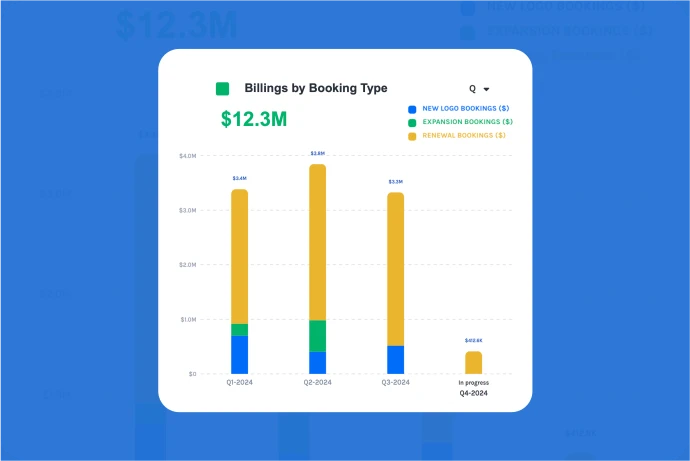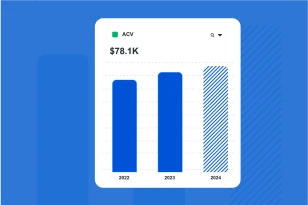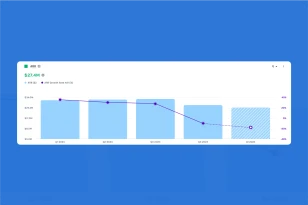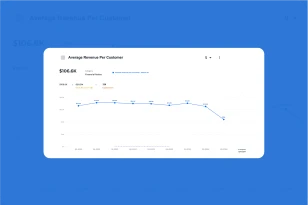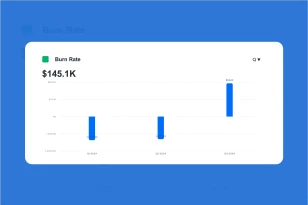What are Billings?
“Billings” is a financial metric that measures the total amount of revenue generated from sales or services provided during a specific period, regardless of whether payment has been received. This metric is particularly important for SaaS businesses, for which there is typically a lag between when software is utilized and an invoice is settled.
Why are Billings an Important Metric to Monitor?
Billings provides insights into the demand for their services and the total value of customer commitments, helping companies evaluate their growth and financial performance. By comparing Billings to actual cash receipts, SaaS companies can analyze the timing difference between recognizing revenue and receiving cash. This analysis helps in managing cash flow effectively.
Additionally, it is important for:
- Revenue Recognition: In SaaS, revenue is recognized over the life of a subscription or usage agreement. Billings allow companies to recognize the full value of the contract when it is invoiced, even if the cash hasn’t been received yet. This helps in providing a more accurate reflection of the company’s financial performance.
- Investor Confidence: Investors often look at Billings to assess the company’s performance and its ability to generate future revenue. High Billings growth can instill confidence in the company’s prospects and can positively impact stock prices and investor sentiment.
- Financial Planning and Forecasting: Billings data is crucial for financial planning and forecasting. It allows companies to project future revenue streams and make strategic decisions based on expected cash flows.
How do you Calculate Billings?
Formula
Billings = New Business Billings + Upsell Billings + Renewal Billings
Calculating Billings in a Software as a Service (SaaS) business involves summing the total value of subscription contracts or usage agreements that have been invoiced to customers during a specific period, typically a month or a quarter. To calculate Billings, you need to:
- Determine the Time Frame: Decide on the time frame for which you want to calculate Billings. Common periods include monthly and quarterly Billings.
- Calculate New Business Billings: For new business, sum up the total contract values for all new customers acquired during the chosen time frame. Include all the subscription fees for the initial term of their contracts.
- Calculate Upsell Billings: For upsell Billings, include the additional contract values for existing customers who have upgraded their subscriptions or purchased new features during the specified period.
- Calculate Renewal Billings: Renewal Billings should include the contract values for existing customers who have renewed their subscriptions for an additional term. This is typically the subscription fee for the renewal term.
- Add Up All Components: Sum the Billings from the components (new business, upsell, and renewal) to get the total Billings for the chosen time frame.
